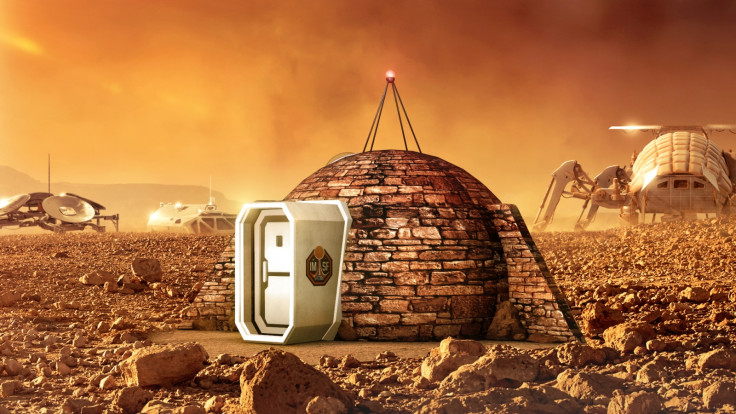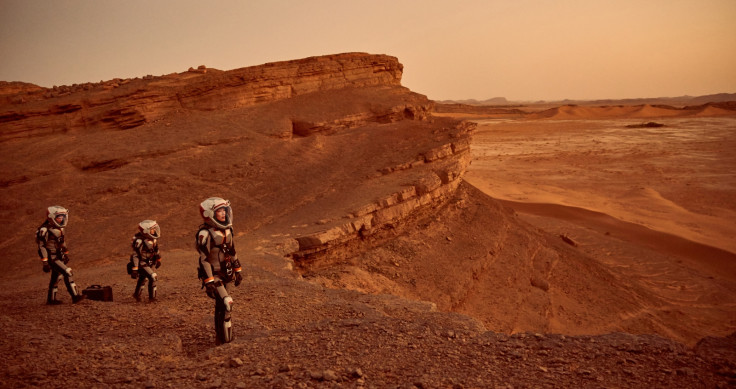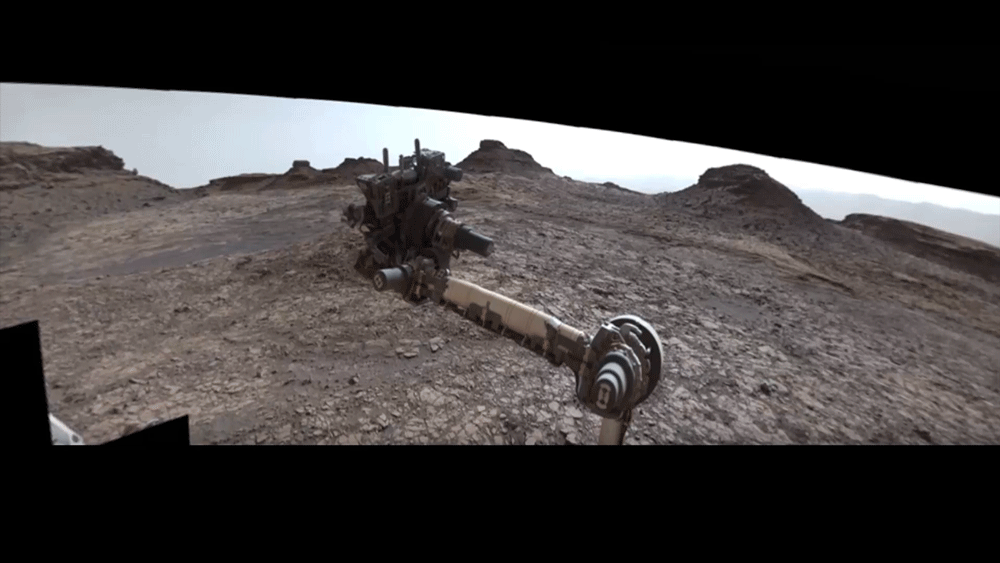We could be living on Mars by 2030 – in this house
This Martian home would protect the first humans on the Red Planet from deadly cold and radiation.
A model home to show how people could live on Mars has been unveiled at the Royal Observatory Greenwich.

The home – a dome of red imitation Mars rock – was designed with input from Royal Observatory astronomers and Stephen Petranek, the author of How We'll Live on Mars, and launched ahead of National Geographic's docu-drama series MARS. It's intended to be as realistic as possible in terms of dealing with the challenges of the harsh Martian environment.
Survival centre
The dome houses a narrow bunk bed, a 3D printer, a basic exercise machine and a space suit, among other gadgets. The walls of the dome are about two feet thick, but Petranek says that on the Red Planet they would need to be more like 12 or 15 feet thick in order to keep out dangerous levels of cosmic radiation at the planet's surface.
"Mars is a very hostile environment," says Petranek. "Everything on Mars is about the thin atmosphere," he says. "On Mars you have to protect yourself from radiation."
Mars is twice as far away from the Sun as Earth. A Martian year is twice as long – 867 days. At the equator in the summer, temperatures can reach 20°C, but are still at least -70°C at night.

Pull of the Red Planet
Even given these harsh conditions, a survey of 2,000 people in the UK commissioned by National Geographic found that almost one in three people would consider living on Mars for a while, and almost one in four would consider a one-way ticket to the Red Planet.
"Most of your living environment on Mars is going to be inside," Petranek says. "It needs to be psychologically attractive, it needs to be bright, it needs to look like fun and it needs to feel like fun or nobody is going to want to be there."

If humans went outside on Mars without protective clothing and equipment, says Petranek, our eyes would begin to bulge and our body would swell under the low pressure of the atmosphere. We'd also get severe sunburn in about five minutes.
And, of course, we wouldn't be able to breathe. Add to that the risk from cancerous mutations and radiation sickness from being bombarded with cosmic rays and Mars starts to seem extremely tough.
In for the long haul
The show home is intended to demonstrate what would be necessary to establish long-term human presence on the planet.
"It's about how we might actually try to colonise Mars and the challenges the astronauts will face when they go to the Red Planet," says Marek Kukala, public astronomer at the Royal Observatory Greenwich. "We have a long history of observing and studying Mars, going right back to the 19th Century."

Kukala says that Royal Observatory astronomers have been able to help with the construction of the show home by making sure that the construction is informed with the latest science. Martian houses says such as the one modelled at the Royal Observatory could be initially constructed by robots, Kukala says, before astronauts are shipped over from Earth to finish the job.
"You have to take a lot of things with you [to Mars] and so we'll be reusing a lot of the spacecraft components to go into the Mars," he says. "Anything we can use form the surface – like making the bricks out of Martian soil or growing our food in Martian soil – that will help us to restrict the amount of weight we have to carry when we go."

Built to last
"The structure has to be built to last, it has to be very safe, once you're up there you need to know you're being protected from all those hazards on the Martian surface."
If we're going to send people up to Mars, says Kukala, then it's got to be a long-term project. Such projects take a vast amount of investment, and it would need to have a constant turnover of people, as happens now at the International Space Station.
"I hope it won't be a one-way trip," he says. "Of course you will need to use some parts so the spacecraft to build the habitat but hopefully there will be other spacecraft so that astronauts will be able to go for perhaps a couple of years and there will be a constant stream of people going out and coming back."
MARS premieres on National Geographic on Sunday 13th November at 9pm.

© Copyright IBTimes 2024. All rights reserved.






